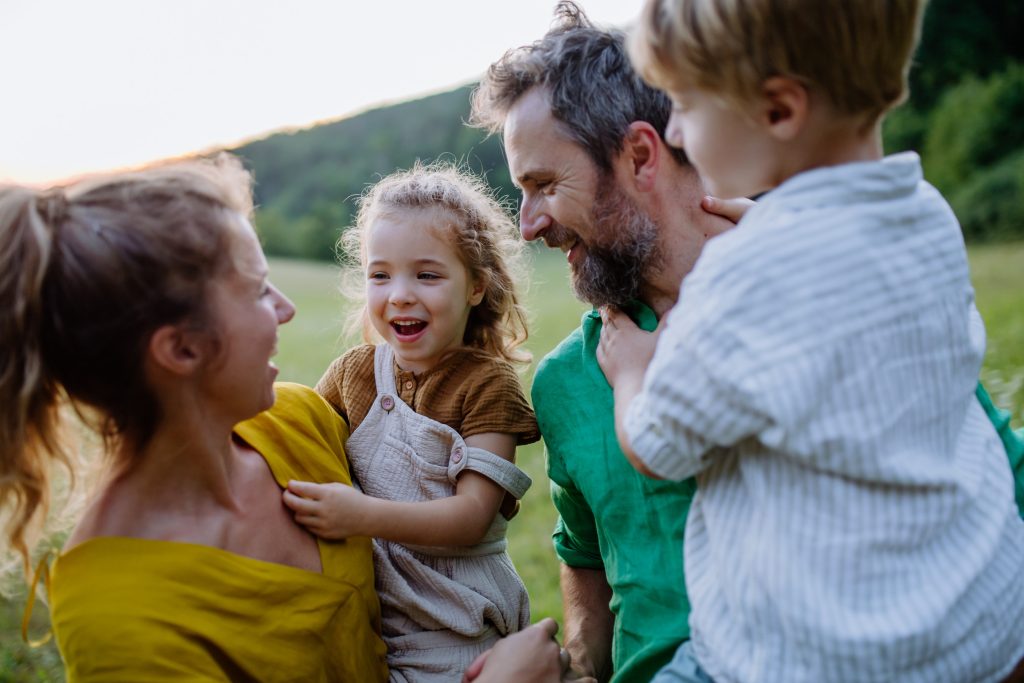When you’re preparing for a new baby, it’s easy to fall into the trap of buying every product recommended by influencers, friends, or baby store checklists. But here’s the truth: not all of those costly baby essentials are truly essential. In fact, some high-ticket items barely get used, and others can be replaced with simpler, more budget-friendly alternatives. If you’re looking to save money while still giving your baby everything they need, it’s time to rethink a few purchases. Let’s walk through seven common items that may not be worth the hype or the price tag.
1. Wipe Warmers That Rarely Get Used
Wipe warmers often end up forgotten on the changing table after a few weeks of use. While they sound nice in theory, most babies adjust just fine to room-temperature wipes. These devices can also dry out your wipes faster and use unnecessary electricity. Plus, they add one more step to diaper duty that just isn’t practical when you’re half-asleep at 3 a.m. Save your money and go for a soft cloth or just warm the wipe between your hands if needed.
2. Fancy Crib Bedding Sets
Those elaborate crib bedding sets with quilts, bumpers, pillows, and dust ruffles can cost hundreds—but they’re mostly for looks. Pediatricians actually recommend a bare crib with a fitted sheet to reduce the risk of suffocation and SIDS. The extra pieces end up in storage or the trash once safety becomes a bigger concern than style. You’re better off buying a few quality crib sheets and skipping the fluff. Costly baby essentials like these may look beautiful, but they’re simply not worth the expense.
3. Designer Baby Clothes
Tiny jeans, trendy boots, and mini leather jackets are undeniably cute—but babies outgrow clothes at lightning speed. Between diaper blowouts, spit-up, and rapid growth, those expensive outfits will only get worn once or twice. Comfort, softness, and practicality should take priority over fashion statements. Opt for basic onesies, footed pajamas, and mix-and-match cotton separates that wash well. Investing in everyday comfort will serve your baby—and your wallet—much better.
4. Baby Food Makers That Take Up Space
While the idea of making your own baby food is appealing, you don’t need a special appliance to do it. A regular blender, food processor, or even a fork can handle most purees just fine. Baby food makers often have limited use and become clutter in your kitchen once your child moves on to solids. If you’re already short on counter space, skip this costly baby essential and repurpose tools you already own. It’s a small shift that can save big over time.
5. Smart Baby Monitors with Unnecessary Features
Many smart monitors now come with breathing trackers, movement alerts, temperature readings, and two-way audio—but all those features come with a hefty price. Basic audio or video monitors still do the job of keeping you connected to your baby without draining your budget. In fact, the constant alerts and data can cause more anxiety than peace of mind for some parents. Evaluate what you actually need before investing in a high-tech model. Often, the simpler option is all you really need to feel secure.
6. Changing Tables That Serve One Purpose
Changing tables are large, pricey, and offer a very limited function. Most parents end up using the floor, a bed, or a changing pad placed on a dresser instead. If space is limited, you’ll appreciate a more flexible setup that doesn’t require a dedicated piece of furniture. You can also repurpose your dresser for years, unlike a changing table that’s obsolete within a year or two. Costly baby essentials like this one are often the first to be resold or donated because they simply aren’t versatile enough.
7. Infant Shoes That Serve No Function
Newborns don’t walk, which means those adorable little shoes are more for photos than function. Not only are they unnecessary, but they can also be uncomfortable or fall off easily. Soft booties or socks do the job of keeping tiny feet warm without the added expense. Once your baby starts cruising or walking, that’s the time to invest in proper footwear. Until then, skip this cute but costly add-on from your baby registry.
Less Stuff, Less Stress, More Savings
It’s easy to get swept up in the excitement of preparing for your baby, but not every product on the shelf is worth your hard-earned money. Costly baby essentials often promise convenience or comfort, but many turn out to be more about marketing than actual necessity. By choosing function over flash and focusing on what your baby truly needs, you’ll simplify your home, reduce clutter, and stretch your budget much further. Not to mention, you’ll have fewer unused items collecting dust and more room for what really matters. Being intentional with your purchases can bring peace of mind—and a healthier bank account.
Which baby item did you think was a must-have—only to realize it wasn’t? Share your experience in the comments!
Read More:
9 Financial Advice Traps That Will Cost Young Families
9 Money Mistakes That Cost New Parents Thousands
Catherine is a tech-savvy writer who has focused on the personal finance space for more than eight years. She has a Bachelor’s in Information Technology and enjoys showcasing how tech can simplify everyday personal finance tasks like budgeting, spending tracking, and planning for the future. Additionally, she’s explored the ins and outs of the world of side hustles and loves to share what she’s learned along the way. When she’s not working, you can find her relaxing at home in the Pacific Northwest with her two cats or enjoying a cup of coffee at her neighborhood cafe.











